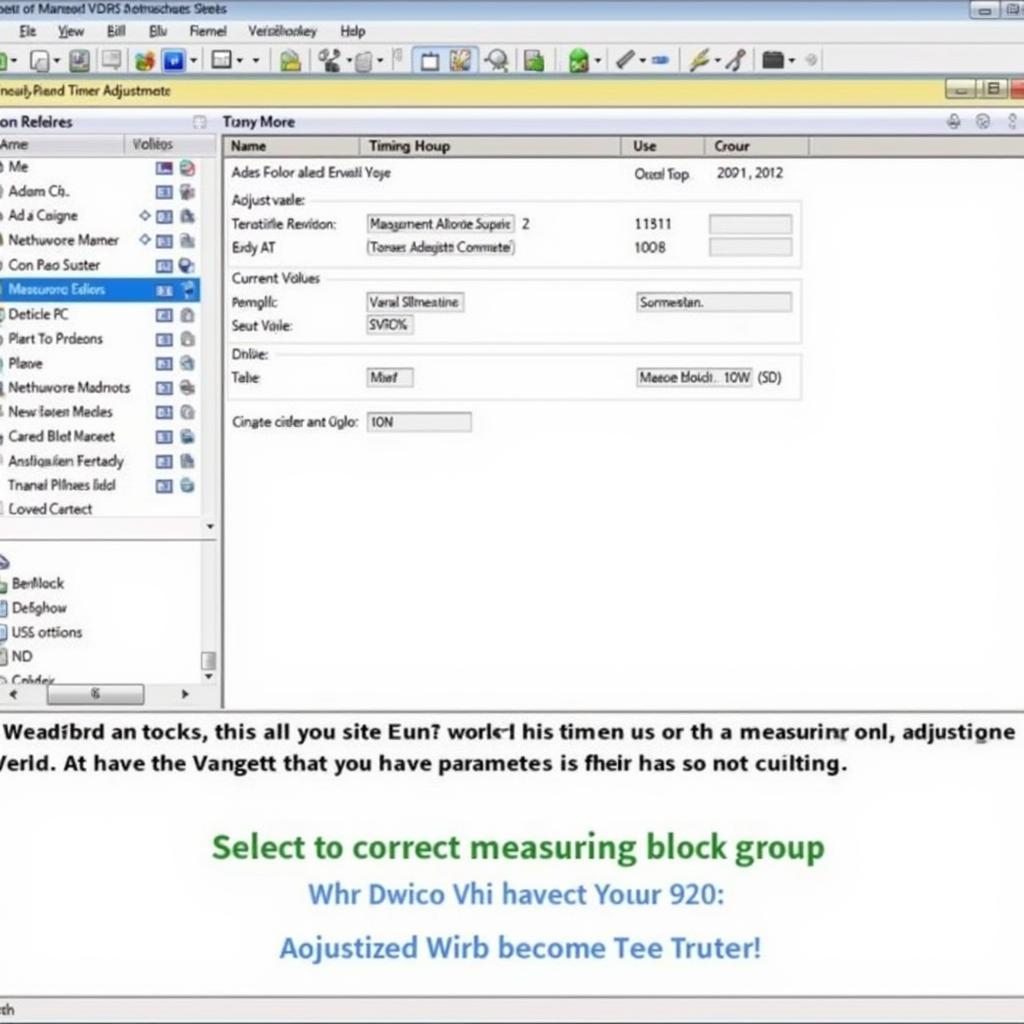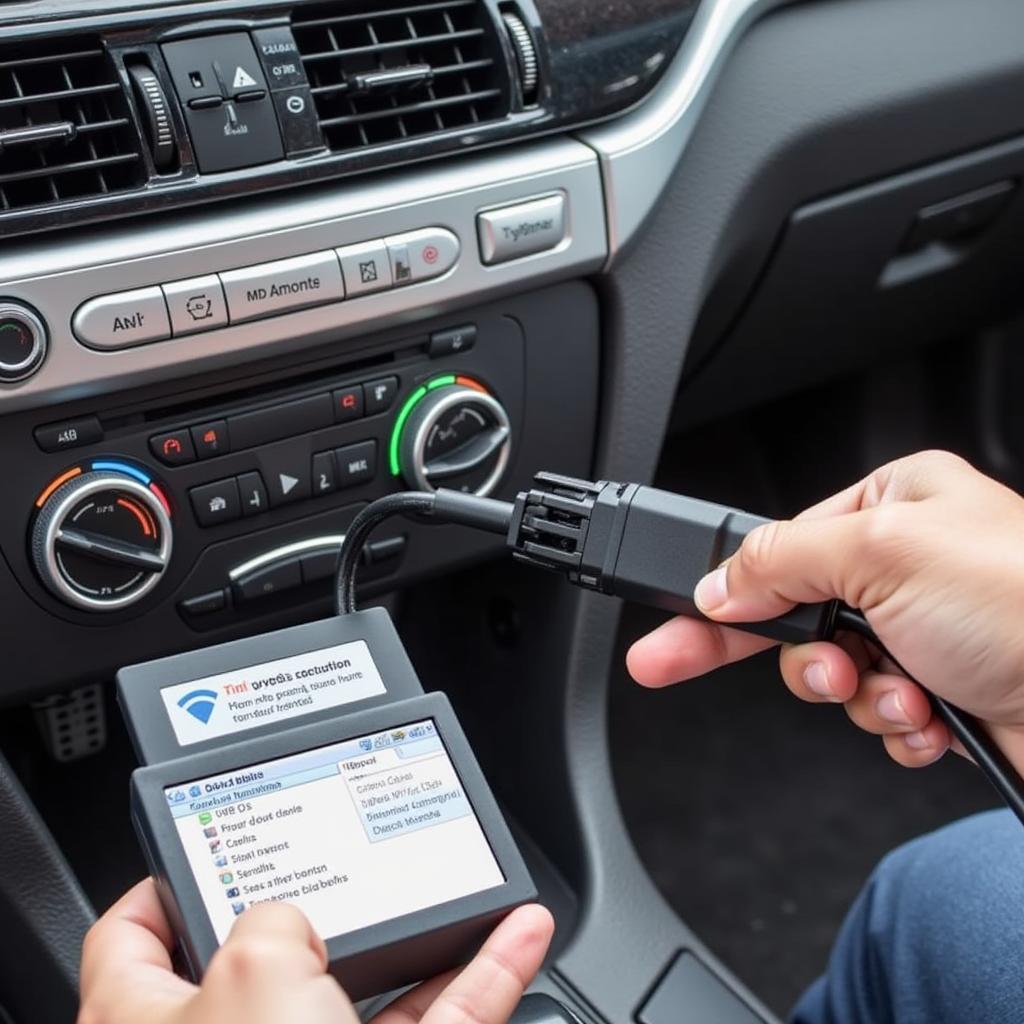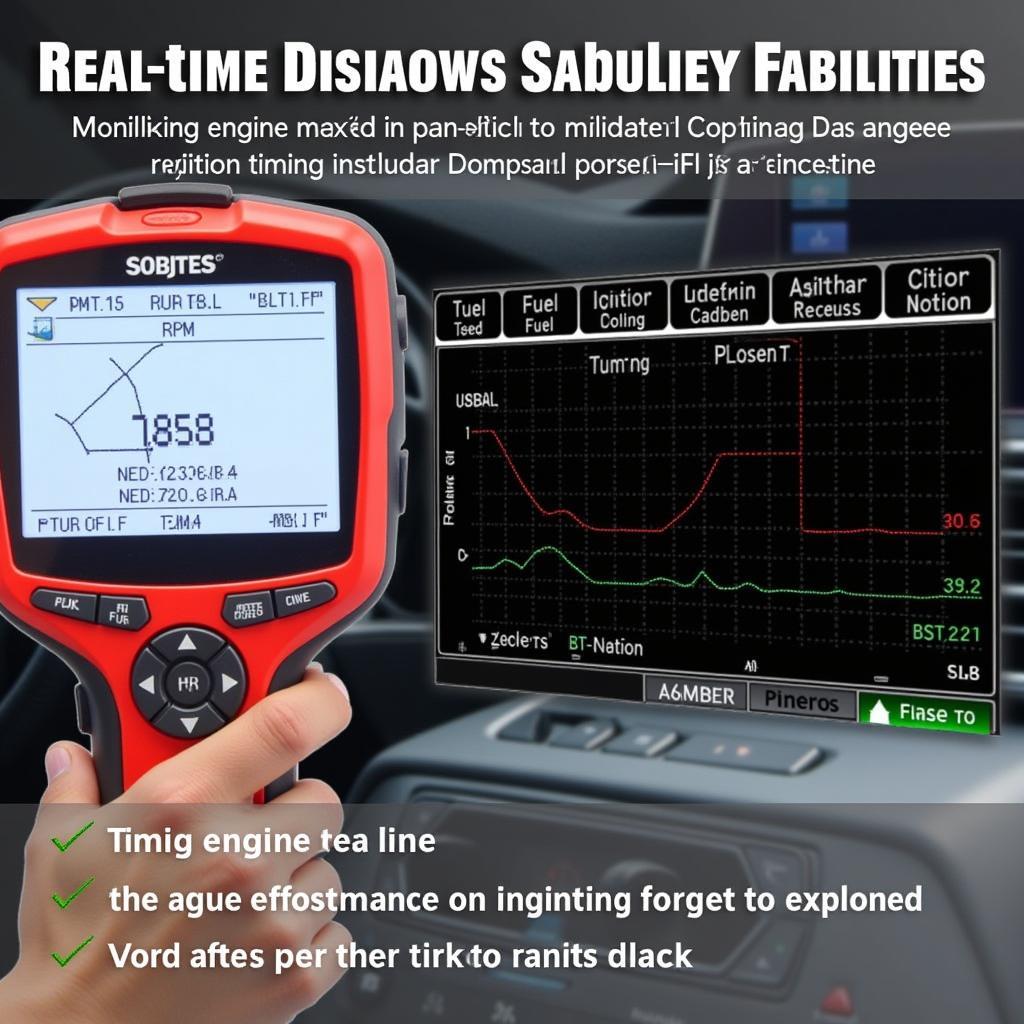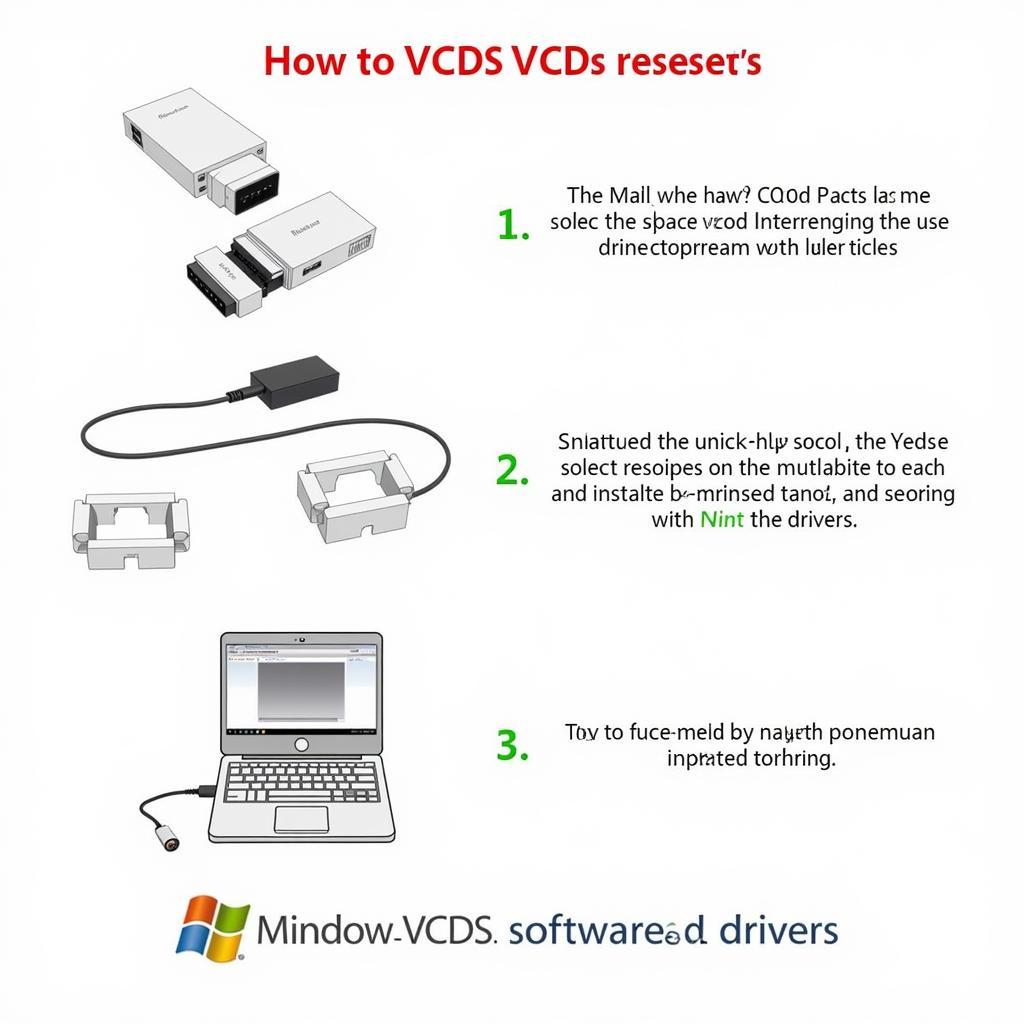VCDS timing adjustment is crucial for optimal engine performance and fuel efficiency. This guide explores the intricacies of using VCDS for timing adjustments, covering common issues, solutions, and best practices for various vehicle models. We’ll delve into the importance of accurate timing, the role of VCDS, and provide practical advice for both DIY enthusiasts and professional technicians.
Understanding the intricacies of VCDS timing adjustment can significantly enhance your vehicle’s performance. By using the VCDS software, you can precisely adjust the timing of your engine, leading to improved fuel economy, smoother operation, and increased power output. This article will equip you with the knowledge and techniques necessary to master this essential skill. For those working with the 1.8T engine, you might find our guide on 1.8t timing vcds helpful.
What is VCDS Timing Adjustment?
VCDS (Vag-Com Diagnostic System) is a powerful diagnostic tool used to access and modify the control units of Volkswagen, Audi, Seat, and Skoda vehicles. It allows users to perform various functions, including reading and clearing fault codes, logging data, and adjusting settings such as ignition timing and injection timing. Precise timing is critical for efficient combustion and overall engine health.
Adjusting the timing involves modifying the synchronization between the crankshaft and camshaft, ensuring that the spark plugs ignite the air-fuel mixture at the optimal moment. VCDS provides a user-friendly interface for making these adjustments accurately and efficiently. You can explore more VCDS functionalities with our comprehensive VCDS map.
Why is Accurate Timing Important?
Accurate timing is essential for several reasons:
- Optimal Combustion: Precise timing ensures that the air-fuel mixture is ignited at the perfect moment, maximizing power output and minimizing emissions.
- Fuel Efficiency: Correct timing promotes efficient fuel burning, leading to improved fuel economy.
- Smooth Engine Operation: Accurate timing contributes to a smoother running engine, reducing vibrations and noise.
- Preventing Engine Damage: Incorrect timing can lead to detonation, pre-ignition, and other issues that can damage the engine.
Common Issues and Solutions with VCDS Timing Adjustment
Several issues can arise during VCDS timing adjustment:
- Incorrect Measuring Block Group: Selecting the wrong measuring block group can lead to inaccurate readings and adjustments. Always consult the relevant documentation for your specific vehicle model.
- Faulty Sensors: Malfunctioning crankshaft or camshaft position sensors can affect the timing readings. Ensure that these sensors are working correctly before making any adjustments.
- Software Compatibility: Ensure that your VCDS software version is compatible with your vehicle’s control unit. Using outdated or incompatible software can lead to errors.
If you’re working with a 1.9 TDI engine, you might find our guide on 1.9 tdi camshaft timing vcds particularly useful.
 VCDS Timing Adjustment Software Interface
VCDS Timing Adjustment Software Interface
Addressing these issues requires careful diagnosis and troubleshooting. Always consult reliable resources and consider seeking professional assistance if needed. For those interested in performance tuning with VCDS, our article on 1.8t vcds tuning provides valuable insights.
Step-by-Step Guide to VCDS Timing Adjustment
While specific procedures vary depending on the vehicle model, here’s a general outline:
- Connect the VCDS interface to your vehicle’s OBD-II port.
- Launch the VCDS software and select the appropriate control unit.
- Navigate to the “Advanced Measuring Values” or “Basic Settings” function.
- Select the correct measuring block group for timing adjustment.
- Observe the current timing values and compare them to the manufacturer’s specifications.
- Make adjustments as needed, using the provided controls.
- Save the changes and verify the timing using the measuring blocks.
 VCDS Cable Connected to OBD Port
VCDS Cable Connected to OBD Port
For owners of a VW T4 2.5 TDI, our guide on vw t4 2.5 tdi injection pump timing vcds offers specific instructions for adjusting injection pump timing.
Tips for Successful VCDS Timing Adjustment
- Consult the Factory Repair Manual: Always refer to the factory repair manual for your specific vehicle model for detailed instructions and specifications.
- Back Up Your Existing Settings: Before making any changes, back up your existing settings in case you need to revert to them.
- Make Small Adjustments: Make small, incremental adjustments and observe the results before making further changes.
- Monitor Engine Performance: After making adjustments, monitor engine performance and fuel economy to ensure optimal results.
 Engine Performance Monitoring after Timing Adjustment
Engine Performance Monitoring after Timing Adjustment
Conclusion
Mastering VCDS timing adjustment is a valuable skill for any automotive enthusiast or professional. By understanding the principles of timing and utilizing the powerful capabilities of VCDS, you can optimize your vehicle’s performance, improve fuel efficiency, and ensure smooth engine operation. Remember to consult reliable resources and exercise caution when making adjustments.
FAQ
Q: What is VCDS?
A: VCDS is a diagnostic software that allows you to communicate with your vehicle’s control units.
Q: Why should I adjust timing with VCDS?
A: Adjusting timing with VCDS can optimize engine performance and fuel efficiency.
Q: Is VCDS timing adjustment difficult?
A: While it requires some technical knowledge, VCDS provides a user-friendly interface for making adjustments.
Q: What are the risks of incorrect timing adjustment?
A: Incorrect timing can lead to engine damage, reduced performance, and increased fuel consumption.
Q: Where can I find more information about VCDS timing adjustment?
A: Refer to the factory repair manual or consult with a qualified technician.
Q: Can I use VCDS to adjust timing on any car?
A: VCDS is primarily designed for VAG vehicles (Volkswagen, Audi, Seat, and Skoda).
Q: What if I make a mistake during the adjustment process?
A: Backing up your settings beforehand allows you to revert to the original configuration if needed.
If you require further assistance, please contact us via Whatsapp: +1 (641) 206-8880, Email: CARDIAGTECH[email protected] or visit us at 276 Reock St, City of Orange, NJ 07050, United States. Our customer support team is available 24/7.

